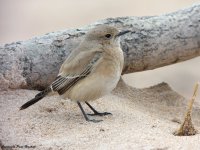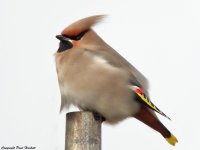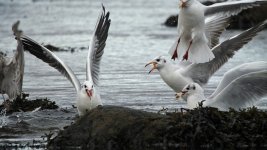Hi there
I'm just about to take delivery on my first scope and was wondering if it possible to get decent record shots by simply holding a compact against the eyepiece without using any kind of bracket (the scope will obviously be on a tripod!)
I'm not expecting any great results, just something I can use to identify something I don't recognise immediately in the field (I'm fairly new to birdwatching so this is a fair few birds! )
)
If it is possible, what sort of compacts would suit. I've been looking at the Sony RX100 for a while, but am wondering if the high resolution will make things a bit more blurry?
Thanks in advance for any help :t:
I'm just about to take delivery on my first scope and was wondering if it possible to get decent record shots by simply holding a compact against the eyepiece without using any kind of bracket (the scope will obviously be on a tripod!)
I'm not expecting any great results, just something I can use to identify something I don't recognise immediately in the field (I'm fairly new to birdwatching so this is a fair few birds!
If it is possible, what sort of compacts would suit. I've been looking at the Sony RX100 for a while, but am wondering if the high resolution will make things a bit more blurry?
Thanks in advance for any help :t:









